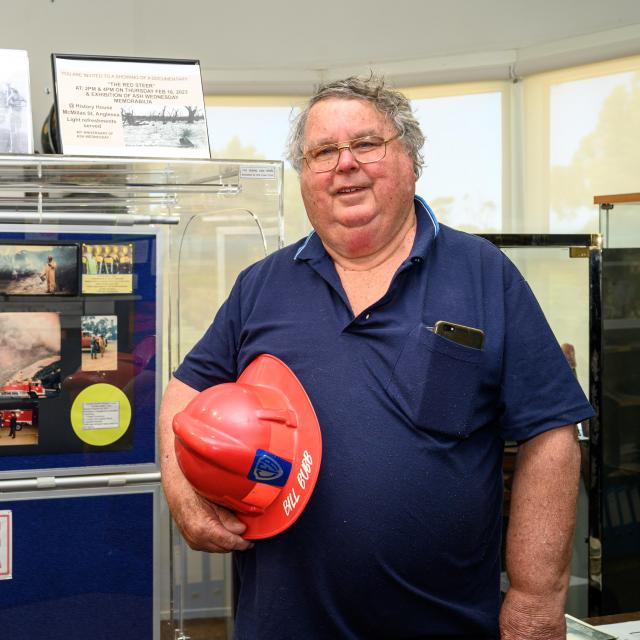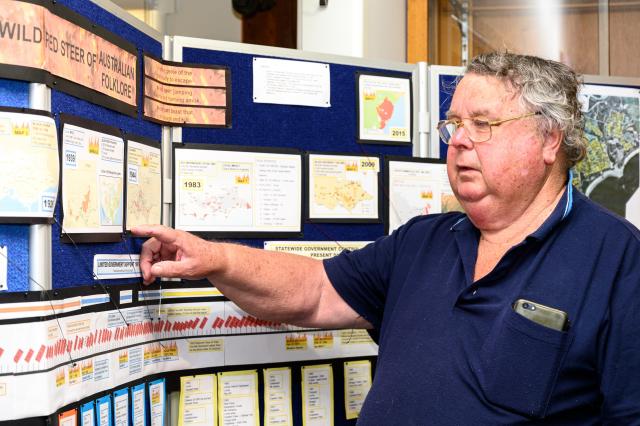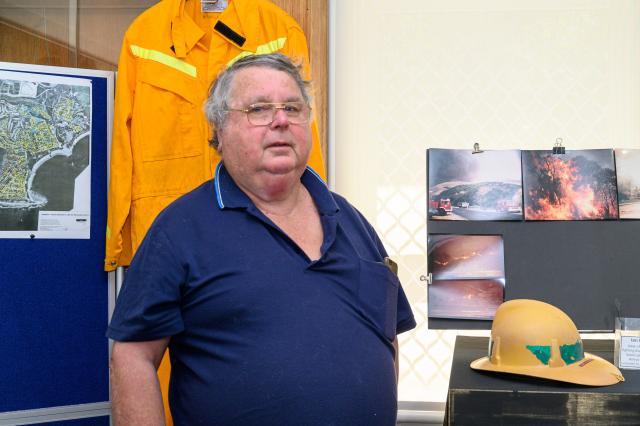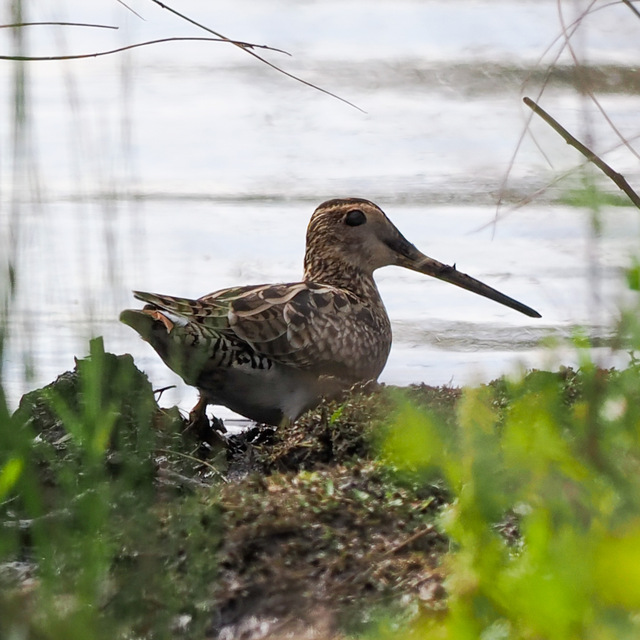The Voice takes a look at our best Friday Features published in 2023.
On February 16 40 years ago, the Ash Wednesday fires wreaked havoc on parts of Victoria and South Australia, including the Otways and the Surf Coast. Jena Carr spoke to a retired fire brigade captain and a then 22-year-old firefighter about the horrors of the event.
This year marks the 40th anniversary of one of Australian history’s most significant bushfire events which impacted the Surf Coast and surrounding communities.
On Ash Wednesday, 1983, eight fires broke out over Australia and travelled 41,000 hectares through the Otways and Surf Coast due to dry and hot weather.
Bill Bubb, 76, was Anglesea Fire Brigade captain 40 years ago and said he remembered Ash Wednesday “like it was yesterday”.
“The day got hotter and hotter and went up to about 45 degrees and there was a howling north wind,” Mr Bubb said.
“The fire started west of the Deans Marsh Township on the Birregurra-Deans Marsh Road.
“We went back with the truck to the Great Ocean Road just up from the archway, which is called Spout Creek, where we met the rest of the Anglesea crew, the Aireys Inlet team, and the Forest Commission boys.
“When the wind changed, somewhere between 7pm and 8pm, that’s when all hell broke loose.”
Mr Bubb had been with the Anglesea fire brigade for 60 years and had witnessed big fires before the major event. He said Ash Wednesday was one of the biggest fires he had seen.
“There was nothing left,” he said.
“When the wind changed, it just destroyed everything in its path.
“There were no leaves on the trees and no birds. There were kangaroos burnt. There was no noise, and you couldn’t hear the wind.
“At the pine plantations at Peters Hill, towards the back of Anglesea, the sand just about turned to glass.
“They had just introduced a koala colony to what they called Story Creek behind Aireys Inlet, and they were wiped out.
“In Aireys, you could look up and see big sheets of iron coming, and that’s when we knew it was time to get out.”
Mr Bubb said Anglesea lost close to 127 houses during the fires, and three people died in the region.
“Most people got out,” he said.
“What you got to realise back then was we didn’t have satellites and we didn’t have helicopter attacks.
“We ended up with a helicopter with a bucket of water on it, but that was a couple of days later.”
Mr Bubb said he did not know at the time that a wind change was coming and that there weren’t any mobile phones available to alert everyone.
“The worst thing about this fire was that at no time did I know there were heaps of other fires going,” he said.
“The Aireys Inlet Fire Station burned completely to the ground, and we couldn’t get into contact with Lorne.”
Ross Girvan was a 22-year-old firefighter with the Aireys Inlet brigade during Ash Wednesday and helped Mr Bubb put out fires along the Great Ocean Road and in Lorne, Anglesea and Aireys Inlet.
“Spot fires were landing in the bush above the Great Ocean Road, and we saw houses pretty much catch fire straight away and it was just far too dangerous to do anything,” he said.
“We were overwhelmed with the fact that the wind was so strong from the south-west; it was well over 120 kilometres.
“We ended up lying on the on the floor of the trucks to shelter from all the debris that was flying through the air.”
Mr Girvan said the brigades left Aireys Inlet and Lorne due to the wind and headed towards Anglesea.
“It got to a point where the wind was that strong, we just had to look after ourselves,” he said.
“The sound of the wind. I can only compare it to an airport with a plane taking off.
“We started to drive to Anglesea, and the petrol in the truck was vaporising, so the truck was running rough.
“We couldn’t believe what we were seeing, and we couldn’t believe the weather—never seen anything like it.
“The disappointing thing was we tried to do what we could, but it was just too unsafe.”
Forest Fire Management Victoria deputy chief fire officer Andrew Morrow said fire authorities had learned lessons from Ash Wednesday and continued to improve how bushfires were controlled.
“It is important to mark and remember events like this to pay respect to survivors, families of those that lost a loved one, and to our emergency responders,” he said.
Geelong’s Chris Gray was three years old when the fires hit Winchelsea and said he remembered being scared of the smoke.
“I remember we were throwing buckets of water on our house … and the sky being a hazy orange,” he said.
“I remember seeing the smoke billowing out from the back of the forest from behind the trees.
“From there I remember my dad and a few others running around, up and down the streets doing house checks.”
Surf Coast Shire Council community life general manager Gail Gatt said the Ash Wednesday events had shaped the Surf Coast and surrounding communities.
“The full social, community, emotional, economic and environmental impact of Ash Wednesday on our region could never be truly measured,” she said.
“It is important for us to remember what occurred and what was lost on such an epic scale, including three precious lives.
“We also use these experiences to inform us about the risks we still live with and to help us develop and implement new approaches to planning and emergency response and recovery.”
The Country Fire Authority will hold a special ceremony to remember the day this Sunday at the Bushfire Education Centre in Cockatoo, which will also be available live online.
The Anglesea Historical Society will also hold an event on Sunday from 2pm at the Anglesea Hotel, with Mr Bubb as a guest speaker.
Additional anniversary commemoration events will be held on the official anniversary, February 16, with a 10am presentation at the Anglesea Fire Station and at the Aireys Inlet Hall at noon.
Anyone in need of support can contact Lifeline on 131114 or Beyond Blue on 1300 224.











